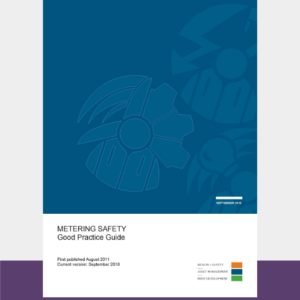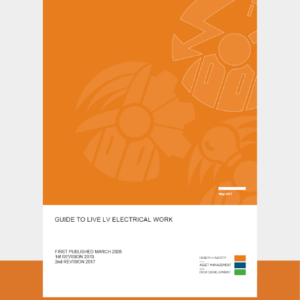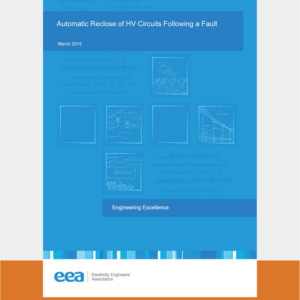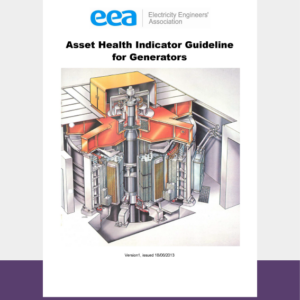Description
2018
Note: File may be downloaded after completion of your purchase
The Guide for Non-Electricity Supply Industry Use of Mobile Plant Near Power Lines and Electricity Cables (the Guide) was first published in February 2013. The November 2018 review of the Guide principally contains amendments resulting from:
- Enactment of the Health and Safety at Work Act 2015 and its regulations, replacing the Health and Safety in Employment Act 1992
- SM-EI July 2015 published – General review of language and requirements resulting from new legislation and SM-EI amendments, and to improve clarity
- Consistency of terms used in the Guide with those in legislation and SM-EI
- The Guide now applies to the use of mobile plant where there may be indirect contact with overhead power lines or underground electricity cables, such as when trimming vegetation or felling trees
- Expanded guidance on step and touch potentials
- Warning on implication of height of agricultural equipment in operational mode in conjunction with lesser mandatory line height across paddocks
- Need to avoid contact with guy wires added to avoid inadvertent structure loading
- Additional guidance on mobile plant at >4m from power line but where contact could occur. Includes specific emphasis on vegetation work
- Guidance added for when temporary earthing is impracticable
- New section on induced voltage minimisation included. (Section 12) The Health and Safety at Work Act 2015 (HSW Act) applies to all workplaces to ensure the protection of workers performing the work, and other persons in the vicinity of the work, against harm with respect to their health and safety.
The HSW Act uses the term ‘person conducting a business or undertaking’ (PCBU) as the term to describe the entity carrying out a business function. Section 36 of the HSW Act provides for the “primary duty of care” and applies to a PCBU. Section 36 is broadly stated and will likely encompass, among other things, providing and maintaining a work environment without risks to health and safety, safe plant and structures, safe systems of work etc as is necessary to protect all persons (including workers) from risks to their health and safety from the work being performed for the PCBU. Sections 37 and 38 of the HSW Act provide duties of PCBUs who manage or control workplaces and manage or control plant at a workplace.
The Electricity Act 1992 obliges electricity asset owners to maintain the safety of their assets and the integrity of the power supply. Parts of the New Zealand Electrical Code of Practice for Electrical Safe Distances (NZECP 34) are mandated by the Electricity (Safety) Regulations. This ECP obliges all persons doing any activity in the proximity of overhead power lines, underground cables, poles, etc. to maintain minimum safe distance, to avoid the electrical hazards and not impact the integrity of the assets. This includes the use of vehicles and mobile plant.
The Electricity Supply Industry Workplace Health and Safety Strategy 2016 – 2020 supports improved public safety around overhead power lines. The majority of reported overhead power line strike incidents involving vehicles or mobile plant happen to non-electrical workers engaged in non-electrical activity near to overhead power lines. Although relatively rare, such incidents often involve serious consequences to the persons or property involved. This emphasizes the importance to this particular group of greater awareness about their obligations and recommended practices for avoiding or managing these hazards.
The Electricity Engineers’ Association (EEA), representing the Electricity Supply Industry (ESI), has compiled this Guide to help PCBUs, employers, principals, workers, and others:
- To better understand the electrical hazards of overhead power lines and underground electricity cables
- How to better identify and avoid or control these electrical hazards and risks
- To understand acceptable practices if the work activity does compel the use of plant or vehicles in the vicinity of electrical hazards.
This Guide for Non-Electricity Supply Industry Use of Mobile Plant Near Power Lines and Electricity Cables (the Guide) provides information about:
- Acceptable practice for field-users for avoiding or controlling electrical hazards and risks while using mobile plant/vehicles near live overhead power lines and underground electricity cables
- Acceptable management standards and practice in support of field users.
The Guide also supports training, policy, and procedures development. The over-arching requirement in this Guide is that all non-electricity supply industry businesses and/or their workers who plan to do work close to any overhead power line or underground electricity cable must always seek advice and gain approval as appropriate from the power line or cable owner before starting any work close to a power line or cable.





